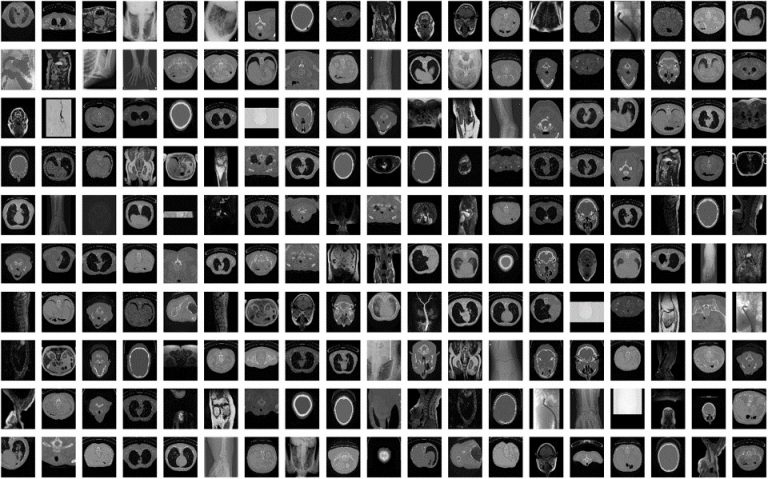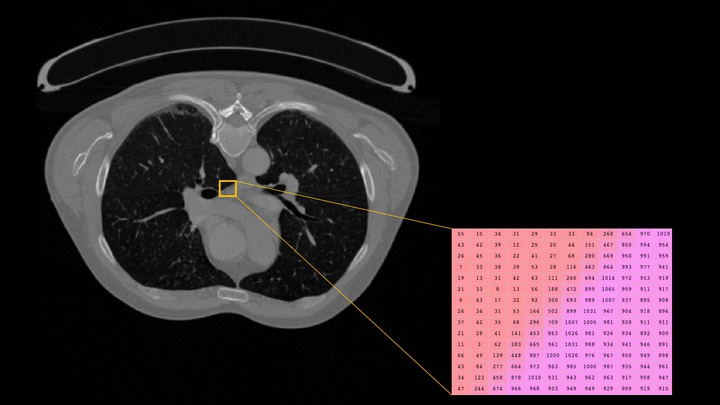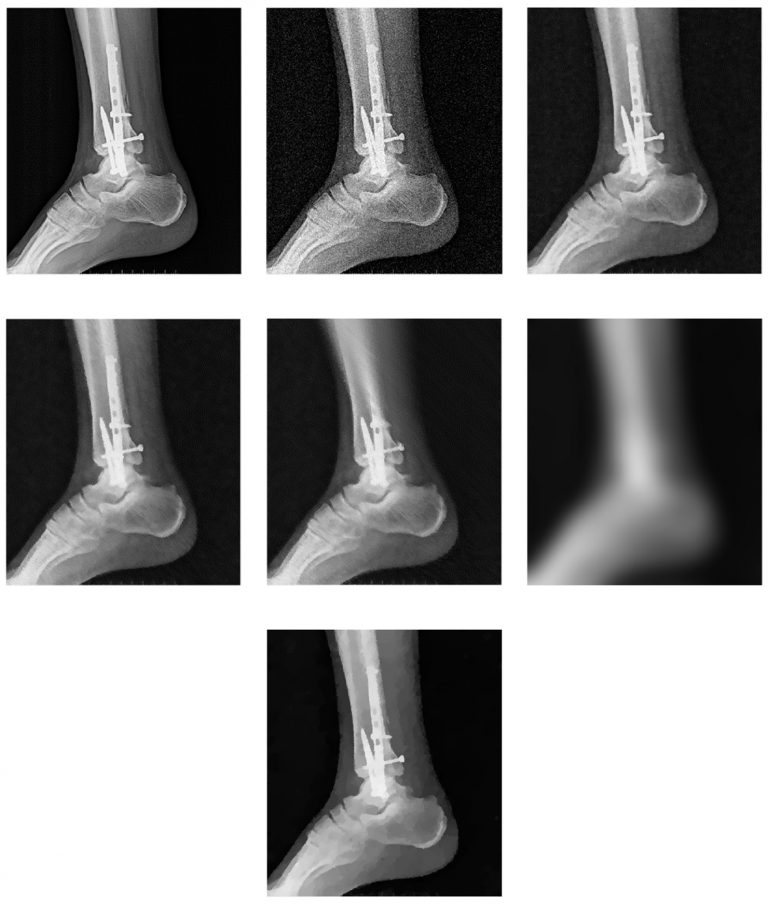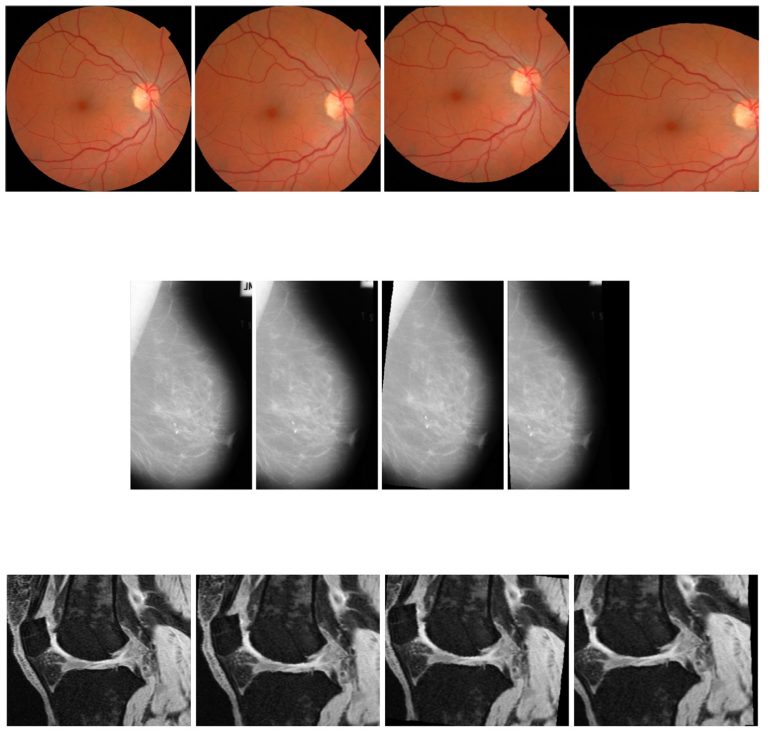Clinical decision-support systems are often built by manually gathering, formalising and implementing specialist knowledge. Therefore, they are limited by existing human knowledge concerning modelling clinical conditions, diagnosis and therapy, and can be inaccurate because of variations and complexity inherent to medical data. In order to circumvent these limitations, following an obvious growth of publicly available […]
Laboratory for Artificial Intelligence in Medicine and Biotechnology
Image Processing, Information Engineering & Interdisciplinary Knowledge Exchange
CEEPUS network “Image Processing, Information Engineering & Interdisciplinary Knowledge Exchange”, CIII-AT-0042, is dedicated to connecting researchers in the field of computer science and signal processing with medical experts. RITEH is a partner in the project from 2018.
An Adaptive Method Based on the Improved LPA-ICI Algorithm for MRI Enhancement
Various diseases are diagnosed using medical imaging used for analysing internal anatomical structures. However, medical images are susceptible to noise introduced in both acquisition and transmission processes. We propose an adaptive data-driven image denoising algorithm based on an improvement of the intersection of confidence intervals (ICI), called relative ICI (RICI) algorithm. The 2D mask of […]
Mirroring Quasi-Symmetric Organ Observations for Reducing Problem Complexity
Following an obvious growth of available collections of medical images in recent years, both in number and in size, machine learning has nowadays become an important tool for solving various image-analysis-related problems, such as organ segmentation or injury/pathology detection. The potential of learning algorithms to produce models having good generalisation properties is highly dependent on […]
Semi-automated detection of anterior cruciate ligament injury from MRI
Background and objectives: A radiologist’s work in detecting various injuries or pathologies from radiological scans can be tiresome, time consuming and prone to errors. The field of computer-aided diagnosis aims to reduce these factors by introducing a level of automation in the process. In this paper, we deal with the problem of detecting the presence […]
Algorithm Based On the Short-Term Rényi Entropy And IF Estimation For Noisy EEG Signals Analysis
Stochastic electroencephalogram (EEG) signals are known to be nonstationary and often multicomponential. Detecting and extracting their components may help clinicians to localize brain neurological dysfunctionalities for patients with motor control disorders due to the fact that movement-related cortical activities are reflected in spectral EEG changes. A new algorithm for EEG signal components detection from its […]
Uncensoring censored data for machine learning: A likelihood-based approach
Various machine learning techniques have been applied to different problems in survival analysis in the last decade. They were usually adapted to learning from censored survival data by using the information on observation time. This includes learning from parts of the data or interventions to the learning algorithms. Efficient models were established in various fields […]
Learning Bayesian networks from survival data using weighting censored instances
Different survival data pre-processing procedures and adaptations of existing machine-learning techniques have been successfully applied to numerous fields in clinical medicine. Zupan et al. (2000) proposed handling censored survival data by assigning distributions of outcomes to shortly observed censored instances. In this paper, we applied their learning technique to two well-known procedures for learning Bayesian […]
Impact of censoring on learning Bayesian networks in survival modelling
ObjectiveBayesian networks are commonly used for presenting uncertainty and covariate interactions in an easily interpretable way. Because of their efficient inference and ability to represent causal relationships, they are an excellent choice for medical decision support systems in diagnosis, treatment, and prognosis. Although good procedures for learning Bayesian networks from data have been defined, their […]








